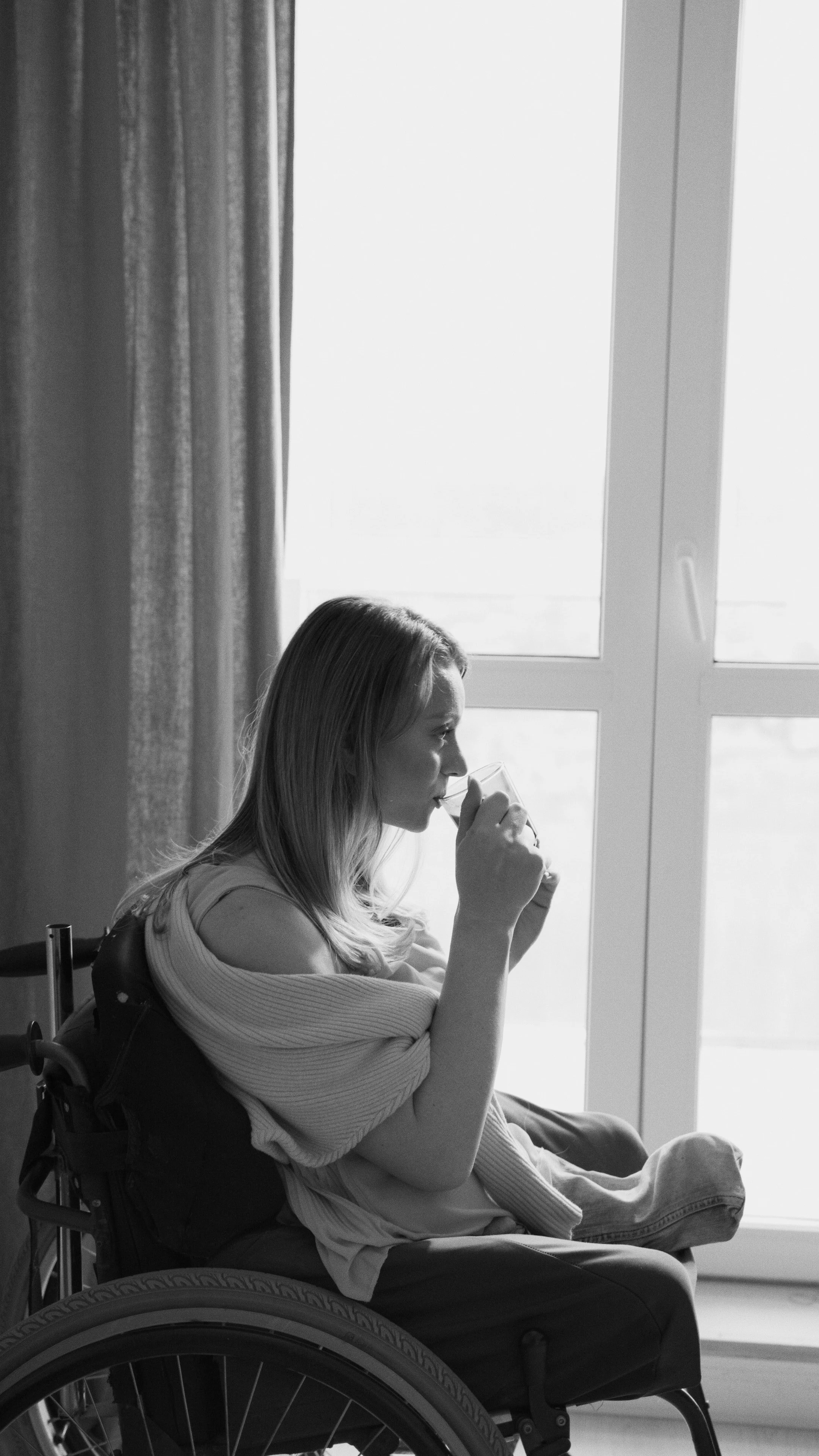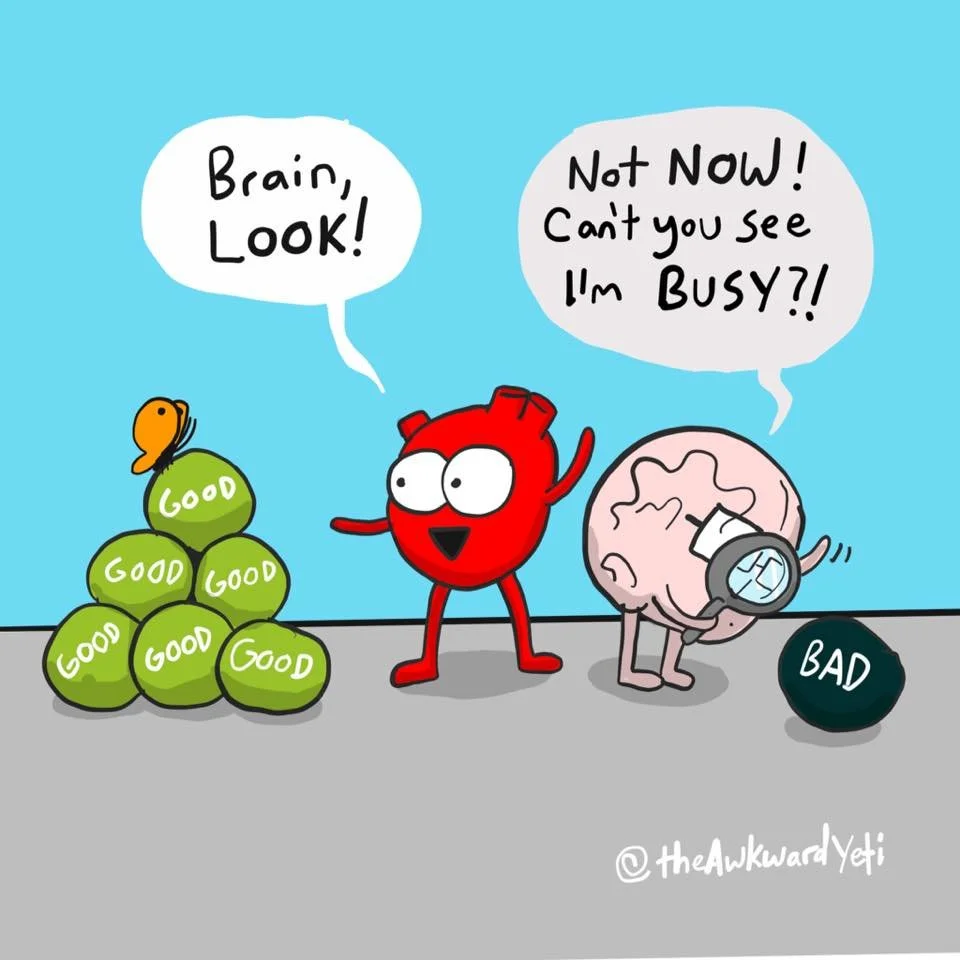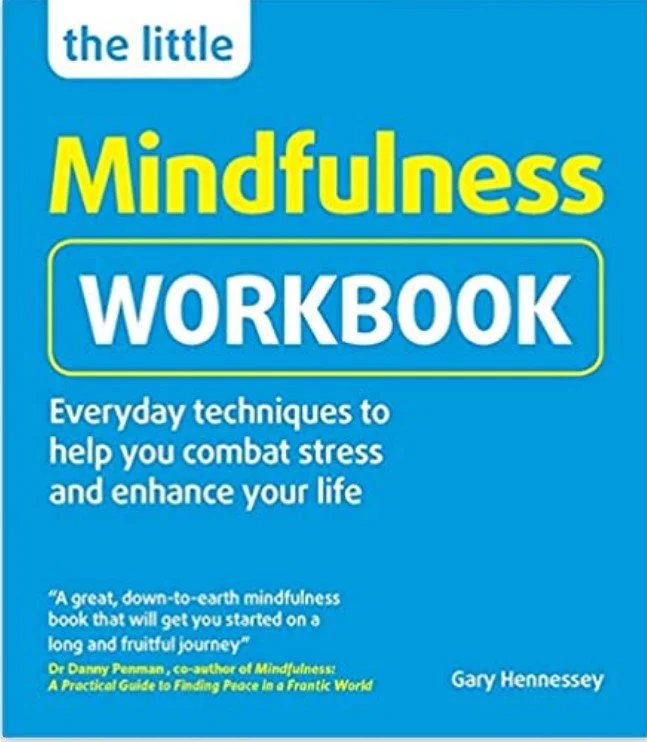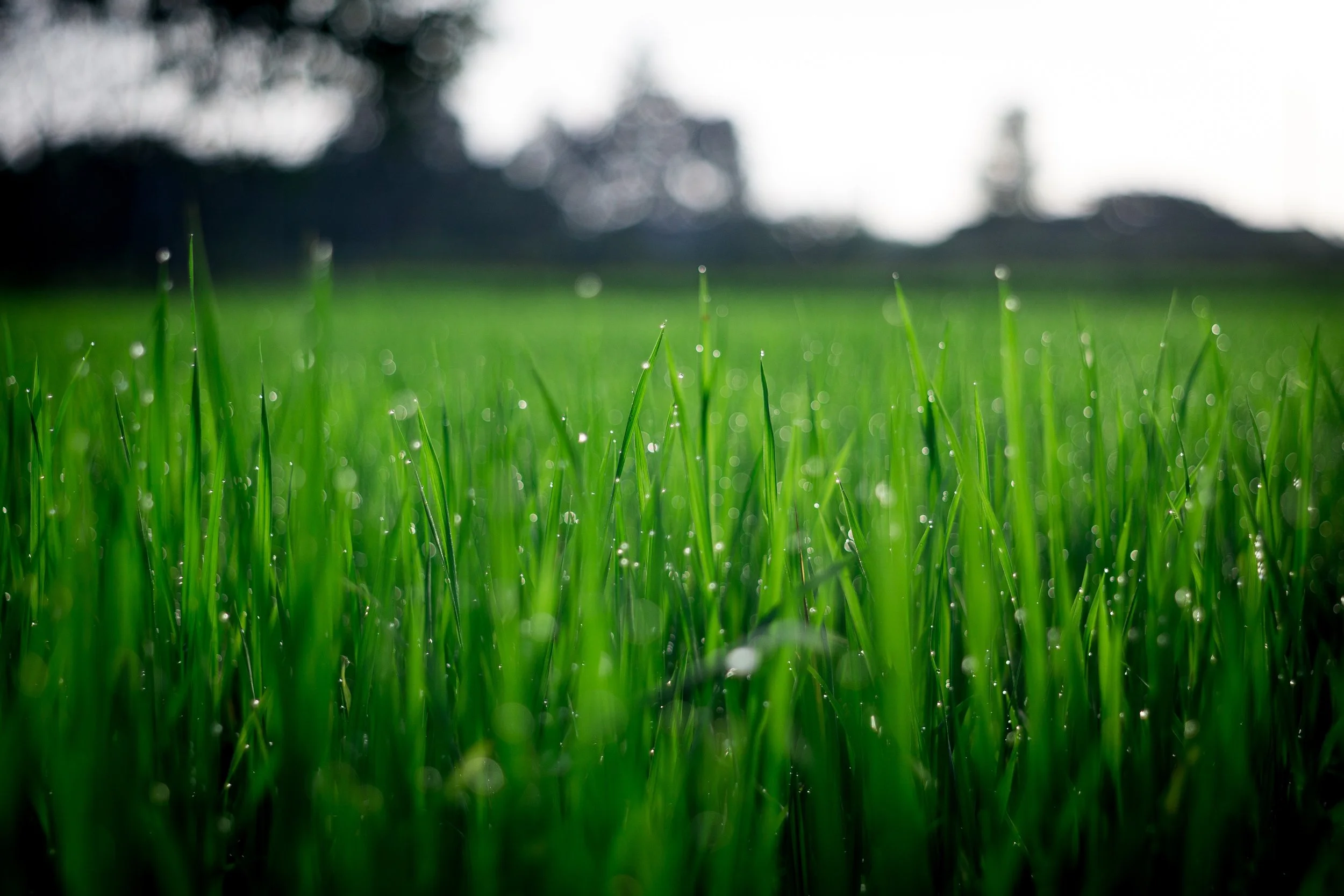
Week 5 - Noticing the good
The aim this week is to enable you to understand and experience the value of seeking out the pleasure in everyday life.
Key concepts we touch on this week are:
The negativity bias
Noticing the pleasures & positive experiences in our lives
Home practice - week 5
Meditation - doing two practices each day from the body scan (from week 1), mindfulness of breathing (from week 2) and/or mindful movement (from week 3).
Remember to take care of yourself and not strain, over-do, or do anything that does not feel comfortable.
This week’s Mindfulness in Action : practice letting in the good each day.
Life can be so full of frantic “busyness” that it's often hard to notice the good things in life. And often it is the small things that make us happy: the taste of a cup of tea, the sound of a loved one laughing, the feel of clean clothes on skin. Such tiny, seemingly insignificant things can slip by with barely a ripple.
To remedy this tendency, this week try noticing the small things in daily life that make you happy.
You can see this as a practice in three stages:
1. Notice a positive experience - when you become aware of something positive, simply pause for a while and soak up the pleasure of the experience. This doesn't need to be a grand or dramatic experience - it might instead include such small things as the sight of sunlight streaming through a window, the pleasure of talking to a friend, the sound of birds chattering, the feeling of doing a job well or perhaps the simple pleasure of the breath in the body. Also, notice any reluctance you may feel to doing this (eg. you don't have time, it's self-indulgent or silly etc.). Then turn back toward the positive experience: keep opening to it, breathing into it, enjoying it.
2. Stay with the experience - allow yourself to really enjoy it, staying with the experience for 20 to 30 seconds. Soften and open around the experience. The longer you keep it in your awareness, the stronger the memory trace of it will be.
3. Absorb the experience - allow it to sink in, a bit like allowing the sunshine on a warm spring day to warm you up inside and out, or the way the warmth from a hot drink can spread right through you.
"What you dwell on you become."
It's important to do this throughout the day, and throughout the week - this helps you get into the habit of noticing and remembering more of the small things that would normally slip by unnoticed. This is part of training your brain and your attention to dwell on the pleasant, enjoyable aspects of life, helping you to step outside of the battle with anxiety, stress or overwhelm.
Enjoy your practice!
The negativity bias
What is it?
Our brains are hardwired to react more strongly to negative stimuli, rather than positive ones.
Why does this happen?
•It’s an evolutionary gift: our brains are wired to keep us safe from danger and to survive.
•This hardwiring stimulates our fight / flight / freeze responses.
“The brain is like Velcro for negative experiences, and like Teflon for positive experiences.”
Dr Rick Hanson
What does this have to do with mindfulness?
•Adrenaline and cortisol are useful when we need to jump up and run away from a bear, and to sustain our energy while we do that.
•Because our brains are hardwired to pay attention to negative stimuli, most of us live with an excess of these hormones which lead to health issues.
•Mindfulness practices help counter the negative effects of the negativity bias on mental, physical and emotional levels.
The good news
Mindfulness practice can help overcome the negativity bias because of neuroplasticity.
(neuroplasticity is the brain’s ability to change its structure through sustained practice over time.)
Optional activities
In The Little Mindfulness Workbook : you can review the key concepts from our live session by reading chapter 6 of the book.
Here is a practice that I enjoy and I come back to again and again: this week I invite you to write down 10 pleasant experiences you've had during the day. This is NOT the same as a gratitude list. I encourage you to find small things that gave you pleasure : pausing to look and smell blooming flowers, smelling the air or watching a snail in the plants after a rain shower, listening to the sound of children playing outside, the taste and texture of your favorite kind of apple in your mouth. Before you know it, you will have accumulated a list of smiles to look back on during those days when it is hard to muster a smile.
Reflect on your practice and learning: notice what your experience is, jot down some notes in a journal, or share some reflections in the FB group to help your learning.
Poem
The wonder is
The washing never gets done.
The furnace never gets heated.
Books never get read.
Life is never completed.
Life is like a ball which one must continually
catch and hit so that it won’t fall.
When the fence is repaired at one end,
it collapses at the other. The roof leaks,
the kitchen door won’t close, there are cracks in the foundation,
the torn knees of children’s pants …
One can’t keep everything in mind. The wonder is
that beside all this one can notice
the spring which is so full of everything
continuing in all directions – into evening clouds,
into the redwing’s song and into every
drop of dew on every blade of grass in the meadow,
as far as the eye can see, into the dusk.
~ by Jaan Kaplinski, from The Wandering Border (translated from Estonian by Jaan Kaplinski, Sam Hamill and Riina Tamm)
(click here for an audio version)




